Uncategorized
20 Funniest Action Movies Ever Made
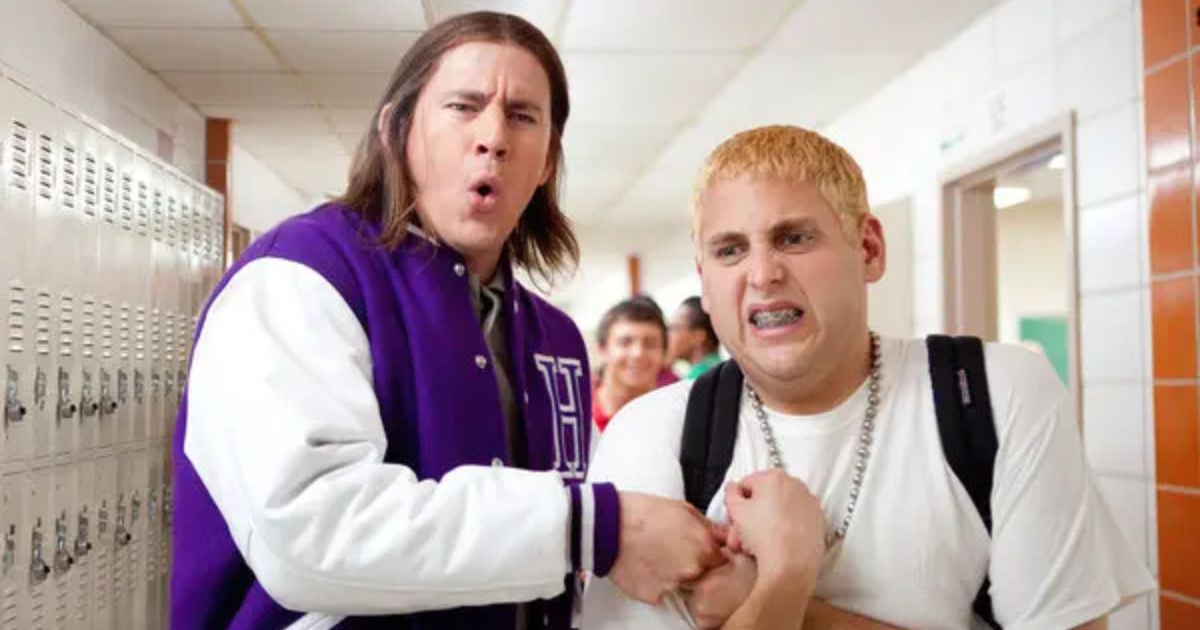
Creating a proper action comedy movie requires a relatively simple formula. You can put together a fairly satisfying film with a peek of thigh and some squibs filled with pig’s blood. The only thing overlooked by this formula are the giggles in between.
It’s difficult to find a straight action movie that doesn’t rely on comedy even a little bit, even if it’s a nonsensical wink and nod to the systemic overkill of overtly killing lots of people. Frankly, most people don’t go to the movies to see artistic cinematography, or experimental editing, or well-developed character work. They go to laugh, and cry, and see some gratuitous violence and sexuality. It’s what makes movies fun. Call it a guilty pleasure, but action and humor are as old as the industry itself. These are the funniest action movies ever made.
20 Rush Hour
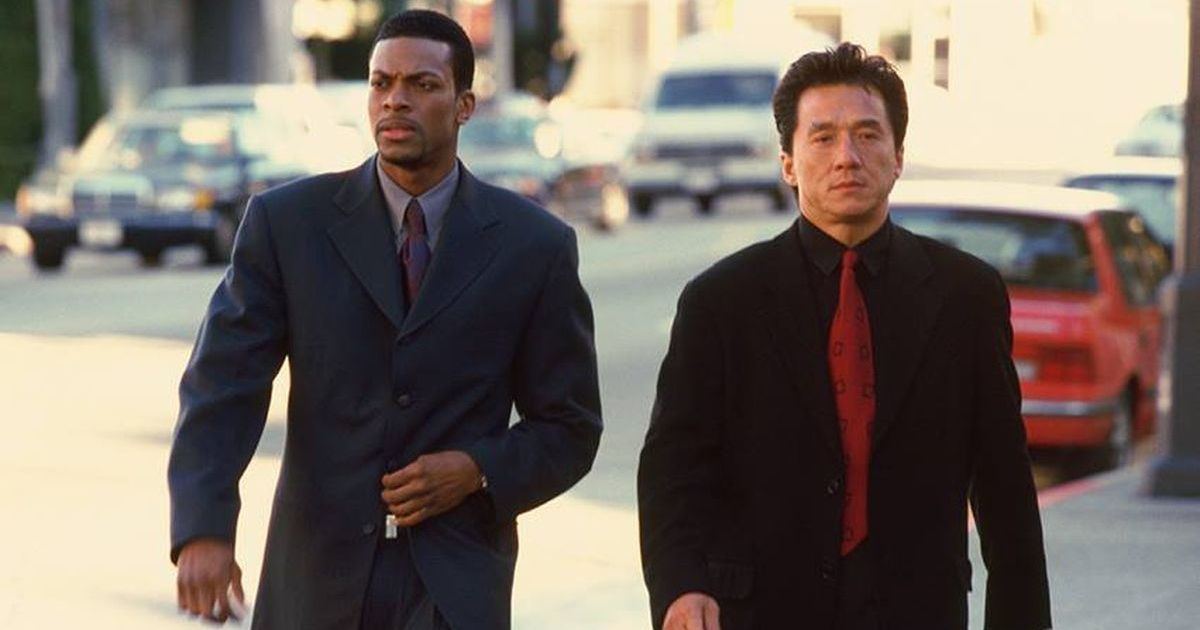
Director Brett Ratner already had a relationship with Def Jam circuit funnyman Chris Tucker, after their work on Money Talks. Jackie Chan’s brand of physical humor was already legendary in Hong Kong, and had even crossed over somewhat with the low budget cult favorite, Rumble in the Bronx. Still, commerciality and a mass market audience had eluded them both; until 1998’s Rush Hour.
The buddy cop recipe is well known and effective, which is why this is the first of several on this list. The magic lies in the casting. Even outside of Chan and Tucker, the supporting cast reads like a who’s who of acting darlings: Tom Wilkinson, Chris Penn, Philip Baker Hall, even a brief, memorable scene with John Hawkes.
It’s formulaic, with artificial drama and, according to Jackie Chan himself, not action-heavy enough. But Tucker and Chan are like Phineas and Ferb, like a burger and fries, like calling in sick to work and not updating your Instagram so you don’t get caught going to the movies — a perfect duo.
19 Bloodsport
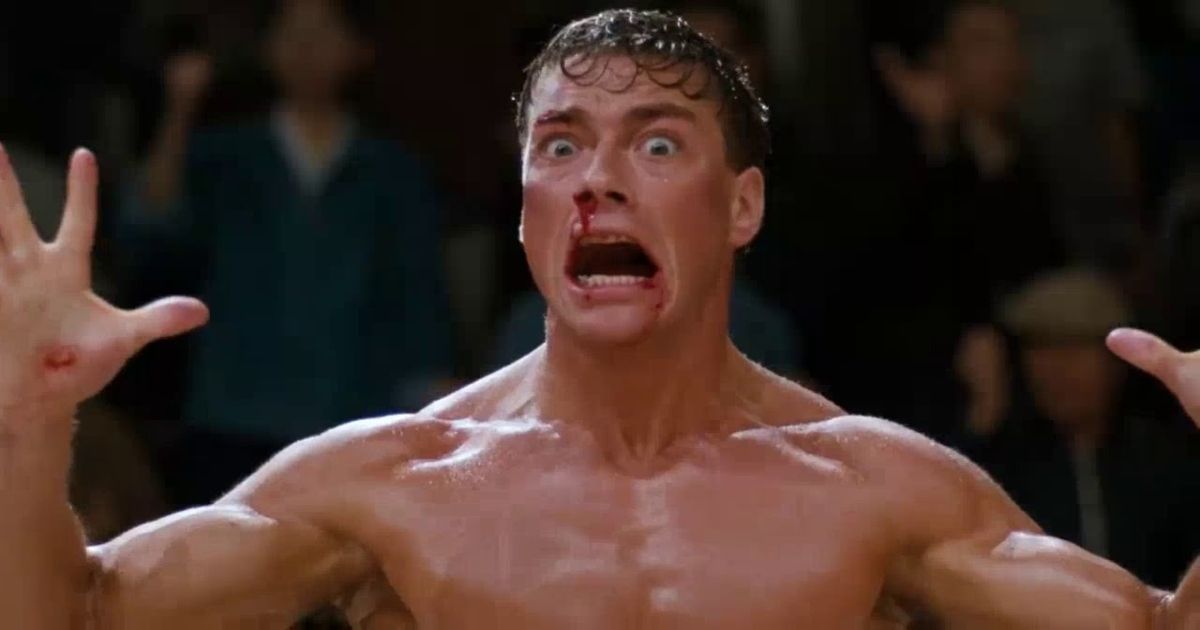 Warner Bros.
Warner Bros.
What’s most memorable, and probably the funniest, part of Bloodsport is the number of times a guy gets knocked out by a look. Normally, that’s the sort of thing you could attribute to sophisticated filmmaking technique. Film is a visual medium, and to tell the best story with the least dialogue is usually a boon.
“Every actor is something. Robert Downey Jr.? Good. Jim Belushi — bad. Van Damme, the good kind of bad. Johnny Depp, the bad kind of good.” -Abed, from Community
However, in the way that Locke broke all the rules by making a real-time film about a guy just driving a car while on his cell phone, Bloodsport follows all the rules about overcoming personal obstacles, a romantic B-plot, a tragic mentor figure, and a ticking clock. Yet it still misses the mark, because the film itself is a train wreck of terrible acting and amateurish filmmaking.
Yet, Bloodsport has an undeniably Wiseau-esque charm. Jean-Claude Van Damme is a commensurate practitioner of “martial science,” to use the words of his mentor, Tanaka. Sure, there’s the casual, Street Fighter-type racial and regional stereotypes that make modern audiences cringe, but there’s a reason that a Bloodsport DVD was required for college kids of multiple generations, along with a shirtless Jim Morrison poster and a bong shaped like Gandalf’s pipe. It’s a lot of fun to watch.
18 Thor: Ragnarok
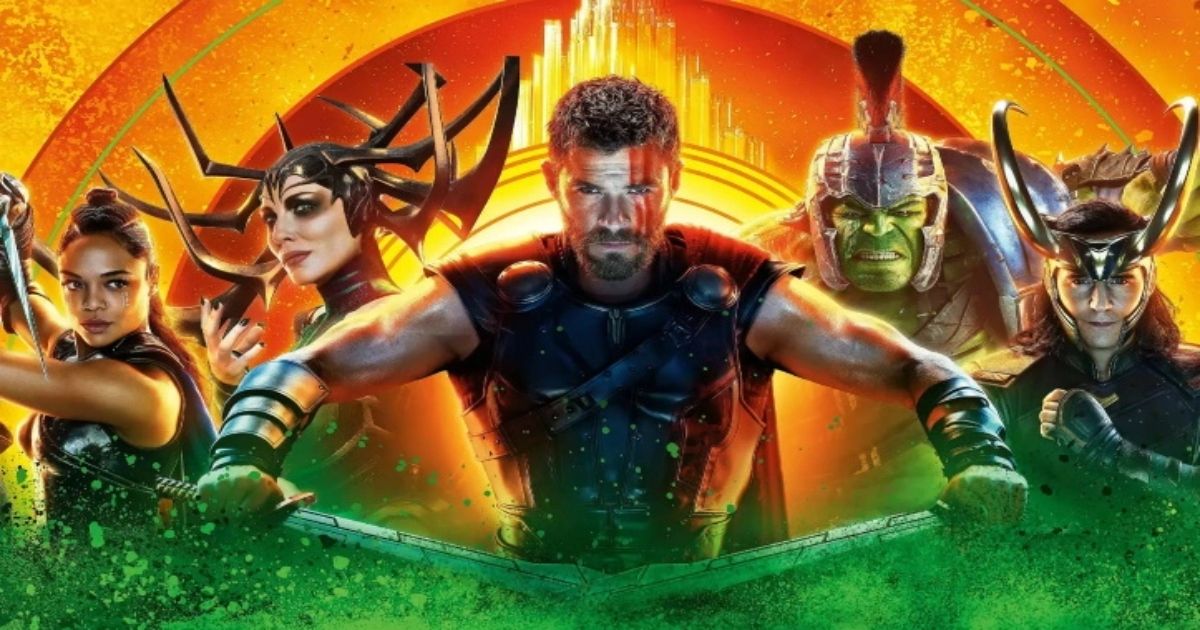
After an underperforming pair of movies, it became clear to the braintrust at Marvel that Thor was their weakest Avenger. With Phase 3, Kevin Feige already had a dozen or so films under the MCU banner, and was willing to take a chance with allowing one of his core superheroes to star in an anti-superhero movie. That’s when they tapped Taika Waititi.
A familiar face, even outside his native New Zealand due to his crossover comedies What We Do In The Shadows and Hunt for the Wilderpeople, Taika was tasked with making a genre film out of a superhero film. 2014’s Captain America: Winter Soldier had already found success by aping the ’70s spy genre in plot, tone, and even casting. Taika turned to ’80s comedy classicBig Trouble in Little China, and used the advantages afforded by setting the film in space to go big with set pieces, alien characters, and even plot twists. The result is an Odyssey-like trek among allies and adversaries, constantly adhering to the age-old rule of filmmaking to stay ahead of the audience.
Once a cerulean-eye lined Jeff Goldblum uses a melt-stick on his cousin in the first act, you can stop pretending you can guess what will happen next. Thor: Ragnarok went on to become one of the most original, and enjoyable, movies of the entire MCU.
17 Shaun of the Dead
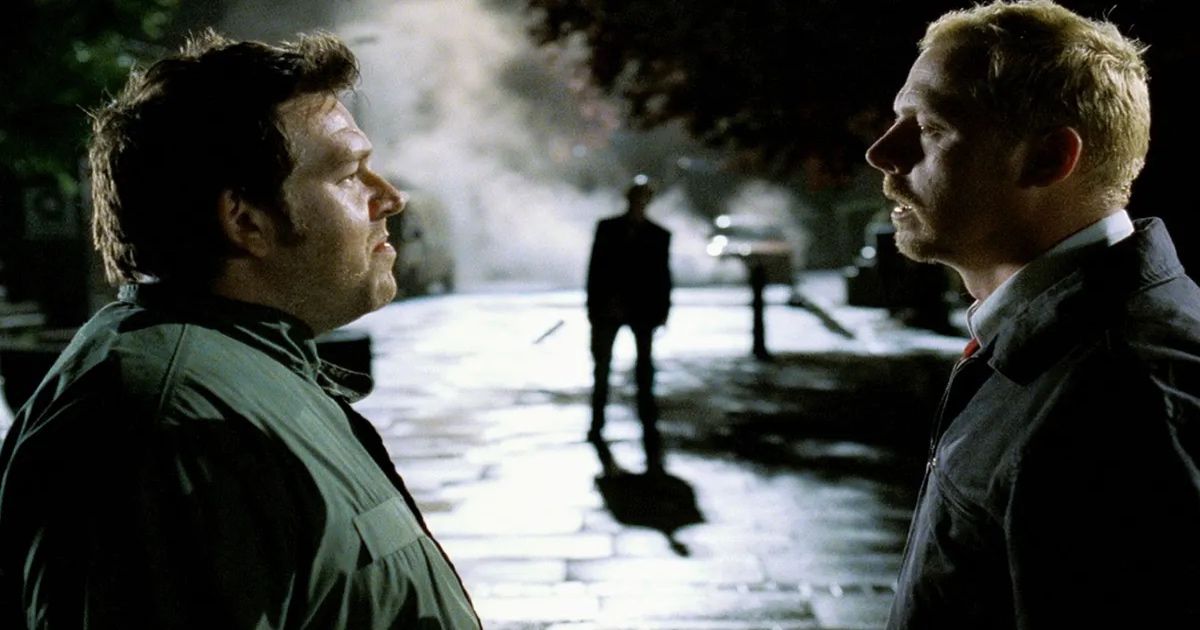 Universal Pictures
Universal Pictures
Humor imported from the UK to the States was, for most of the ’90s, relegated to cult TV shows on late night Comedy Central. Reruns of Absolutely Fabulous, Black Adder, and Fawlty Towers filled in the gap left by Flying Circus once Monty Python moved to the cinema. As such, British comedy wasn’t something you went to the movie theater to see, it was something that in-the-know nerds stayed up late to watch while playing Risk and reading Garth Ennis comic books. That started to change with mega-hits made for a pittance, like Trainspotting and The Full Monty.
This paved the way for television directed Edgar Wright (Spaced), to fulfill his dream of writing a zombie movie, his way. The result is Shaun of the Dead, itself a master class unto tight, structured writing. Using repeated visual cues, camera moves, and even dialogue as motif gives entire film a sense of before-and-after of Armageddon.
The main characters live stagnant lives of repetition, scarcely ever peering outside the goldfish bowl of whatever is five feet in front of them. Only when outside forces knock the bowl over are they even aware of the rest of the world, and the strained relationships of a pre-zombie world become the flimsy alliances in their fight for survival. As such, the dramatic aspects of an apocalyptic world rear their head in surprisingly deft ways, making us care for the comedians even as they wink, nudge, pun, and bit their way through a world that was plenty absurd even before the undead started biting people.
16 They Live
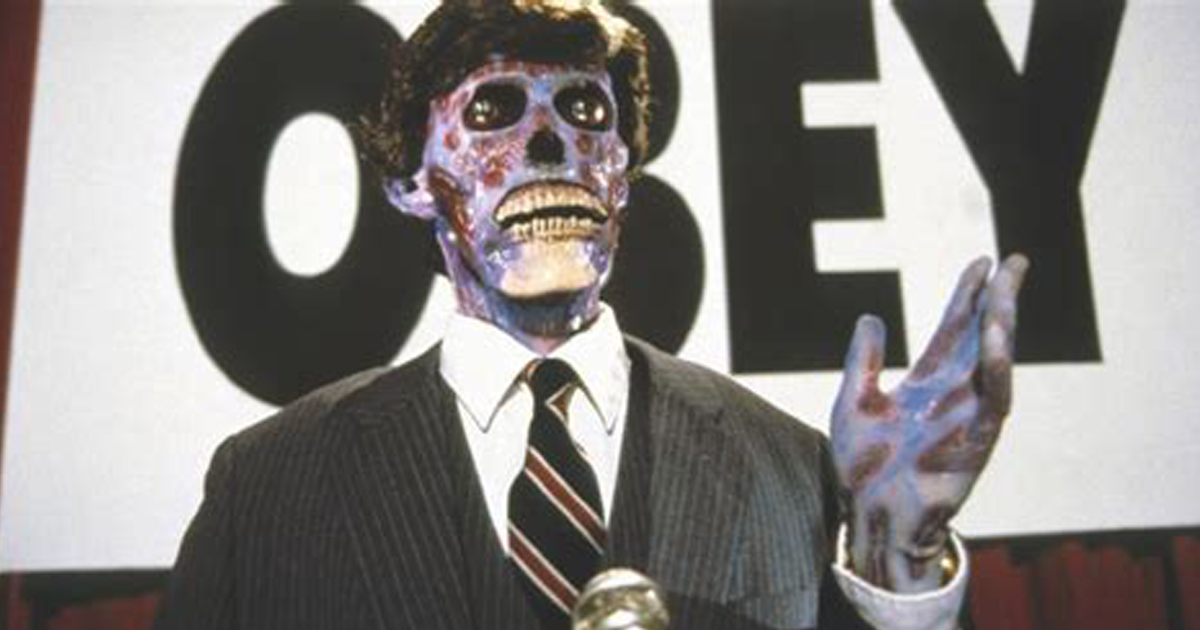 Universal Pictures
Universal Pictures
Speaking of absurd; this John Carpenter alien invasion film is, like many Carpenter films, a blunt instrument of badassery used to make a point about conforming to the moral bankruptcy of a consumerist, media-driven, culturally-homogenous society. It may be the best summary of Reagan-era ’80s ever put to celluloid.
“Rowdy” Roddy Piper comes across a pair of sunglasses which allow him to see the many aliens that have infiltrated the city, workforce, and media by posing as human beings, their goal being to produce subliminal messaging that stifles individual thought and gags the human race with a continued diet of mass consumerism. He also fights Keith David for about a full six minutes. Not fancy Yuen Woo-ping kung fu moves or Basil Rathbone level fencing. Just two guys brawling in an alleyway, leaving solved the mystery of why a professional wrestler was cast as the leading man.
Related: They Live: John Carpenter Reveals That Studio Did Not Want the Aliens to be Capitalists
The irony is not lost on the modern viewer. Notoriously political street artist Shepard Fairey cites They Live as the major influence behind his famous “Obey” artwork line. It’s a movie with a point to make, and it makes that point couched in a cheesy alien invasion film that makes the spinning UFOs from The Day the Earth Stood Still look like Interstellar. The only misapprehension of the plot line is in thinking that this is a movement that can be stopped. Roddy kicks some ass (after chewing his bubble gum), kills some aliens, and knocks out the broadcast tower responsible for brainwashing people. In real life, true dominance is when capitalism is so ingrained in the people, they beg for it when it’s gone. And it hardly takes magical sunglasses to see it at work.
15 Lethal Weapon
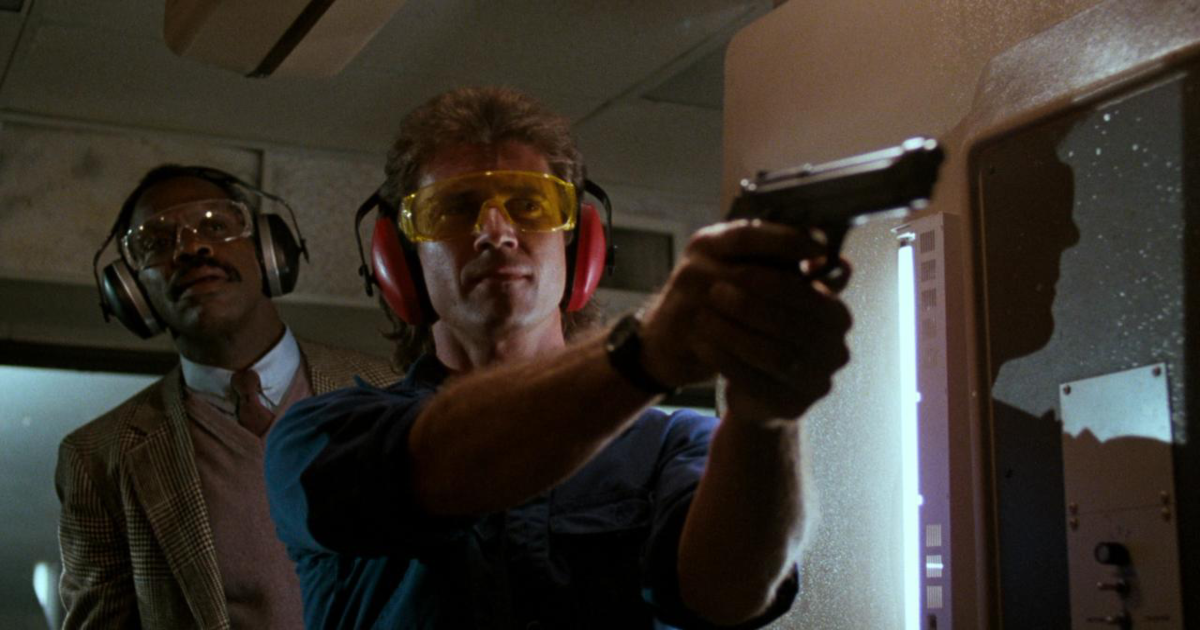 Warner Bros. Releasing
Warner Bros. Releasing
Screenwriter Shane Black didn’t invent the buddy cop genre, but he may as well have. The formula was still hot out of the oven when Lethal Weapon was released in 1987. Cops Roger Murtaugh and Martin Riggs are the quintessential meeting of opposites, the type of stubborn alphas who have beef with each other before they even meet, but are forced to put away their differences for the sake of duty, and even survival. The film is expert at raising the stakes and, in a cinematic landscape filled with Schwartezneggers and Stallones, steroidal meatheads omnipotently incinerating everything in their field of vision, these are cops that sweat when they run, bruise when they’re hit, and get emotional when things get personal.
Therein lies the humor. There’s very few punchlines, winks to the camera, or physical comedy. Like a song that gets turned off when a character flips the switch on the radio, the humor in Lethal Weapon is diagetic. Murtaugh and Riggs are aware of their classically mismatched partnership, they just don’t think it’s very funny, because it’s happening to them. But watching Roger try to interrogate some corner kids while Riggs makes fun of him, or Riggs squirming while rebuffing flirtations from Roger’s daughter, is the stuff that makes us laugh. Even a simple set piece like target practice, when the two detectives meld minds over the timeline of a crime scene, ends with some snappy dialogue cracking wise about Roger’s wife’s cooking, and a friendly shooting competition wherein a smiley face is shot into a target. There’s no wasted time in the masterpiece. Have a nice day, indeed.
14 Batman Forever
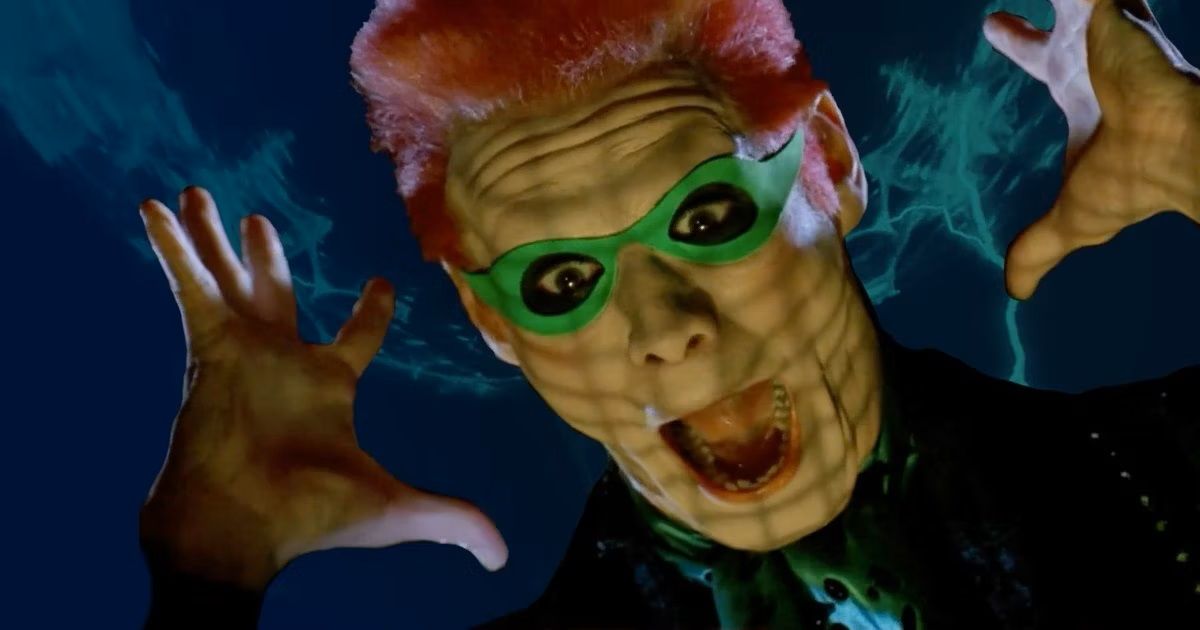 Warner Bros.
Warner Bros.
The third Batman film, Batman Forever, has been in superhero jail for over 25 years now. The truth is, its only flaw is guilt by association (see the nightmarishly gaudy Batman & Robin — actually, don’t). When Tim Burton didn’t come back for the hat trick after the first two Batman movies, drama director Joel Schumacher was tapped to take the reign, with Val Kilmer playing Bruce Wayne. Hollywood had already gotten wise that the villain track is the true way to stardom, having seen Jack Nicholson, Michelle Pfeiffer, Danny DeVito, and Christopher Walken all happily feasting on scenery for the two films.
Tommy Lee Jones and Jim Carrey were cast as Two-Face and The Riddler, although as it turns out, they were hardly simpatico. The truth is, even with all that star power, plus Nicole Kidman to boot, no one really seems all that at ease with their character, because the world itself is shifting. It’s a film undecided in tone, and since he’s done it his entire career, Jim Carrey does his job, and fills up the space of any room he’s in. His puns and pageantry, caustic sarcasm, acrobatic slapstick cane work à la Charlie Chaplin, and commitment to the bit make even the scenes with schlocky sound effects seem hilarious.
Seriously, don’t watch this to see a Batman film. Watch it as a comedy, as though through some bizarre twist of fate, someone let Mel Brooks direct a James Bond film. The nerd rage will subside, and all that’ll be left over is Carrey’s brilliant delivery when he asks you to check his mole or use one more excuse to get under Tommy Lee Jones’ skin. It’s a performance in league even with Nicholson’s Joker.
13 21 Jump Street
 Columbia Pictures
Columbia Pictures
Most of us were surprised when we found out Channing Tatum could dance and Jonah Hill could act. In a world more superficial than ours, Channing would continue to be relegated to playing marines and bouncers, and Jonah would forever play opinionated nerds in a haze of ambiguous sexuality.
Then came 2012. So much happened all at once, it was difficult to remember how or in what order. Channing starred in the semi-autobiographical Magic Mike, Jonah got a well-deserved Oscar nomination for his role in Moneyball, and both played in a movie reboot of an 80s cop show that was highly anticipated to be the cheeseball flick of the year. What we got instead was 21 Jump Street. Self-aware, ridiculous, with a surprisingly masterful finger on the pulse of the changing social mores in high school, the story had just the right mix of outlandishness and heart. Even the stars were willing to poke fun at their imagined high school personas and twist the expectations of the audience by playing against type.
Plus, Jonah Hill got Kanye to like Jewish people again. That’s a mitzvah, Jonah.
12 Tropic Thunder
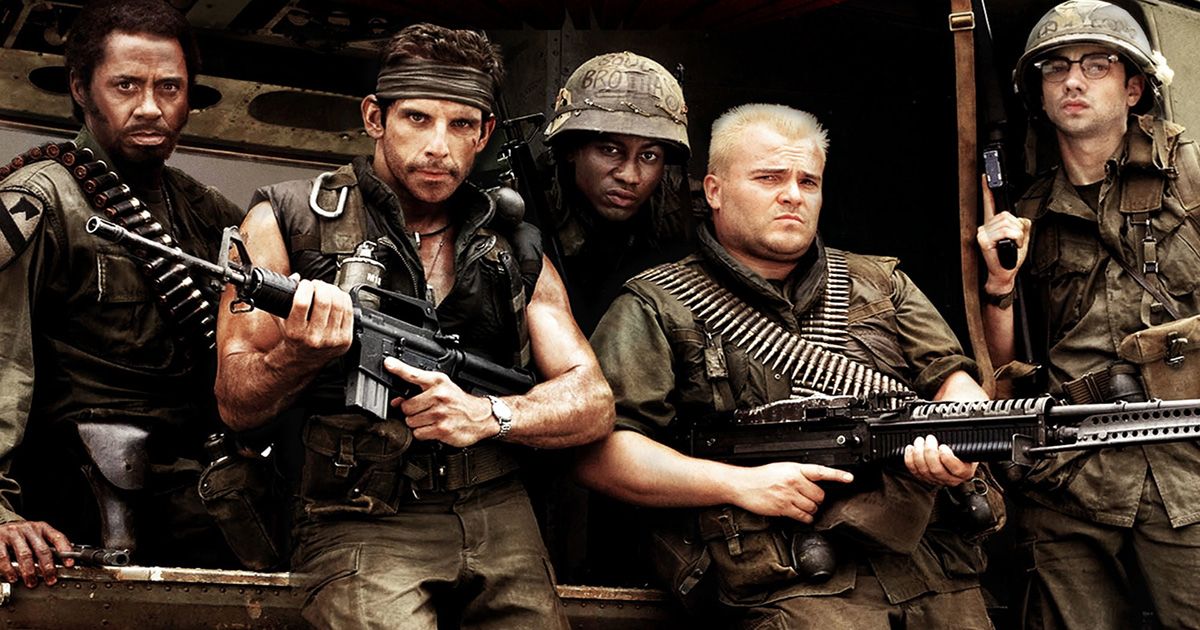 DreamWorks Pictures Releasing
DreamWorks Pictures Releasing
From the moment the screen lights up on Ben Stiller’s Tropic Thunder, the comedy is one step ahead of the viewer. Starting with a series of fake ads for the products and movies that the fake actors in the film are promoting, you’re unaware of the tactic as Alpa Chino’s ad for energy drink Booty Sweat is so on the nose that it could be true. The same could be said for the next three fake movie trailers. It’s an ingenious introduction to our main cast: Ben Stiller is an over-exposed action star, Jack Black is a schticky comic actor with a drug problem, and Robert Downey Jr. is a vainglorious gasbag parody of an obnoxious, talented bad boy actor. The fact that these personas are already half true of the actors themselves is hilariously meta, but also allows us to immediately understand the facsimile of Hollywood we’re about to enter. Rounding out the cast is Danny McBride as the explosion-happy pyrotechnics technician, Nick Nolte as the grizzled, handless author of the source material, Steeve Coogan as the pompous, artsy director, and of course, Tom Cruise as the irascible, heartless, make-money-at-all-cost producer.
The story is fairly weak, but how else does one make room for the characters, each of whom compete for complete domination in every scene of the movie? It’s a free-for-all, a madcap, star-studded, race to a fatuous Shangri-La in the vein of It’s a Mad, Mad, Mad, Mad World.
11 Beverly Hills Cop
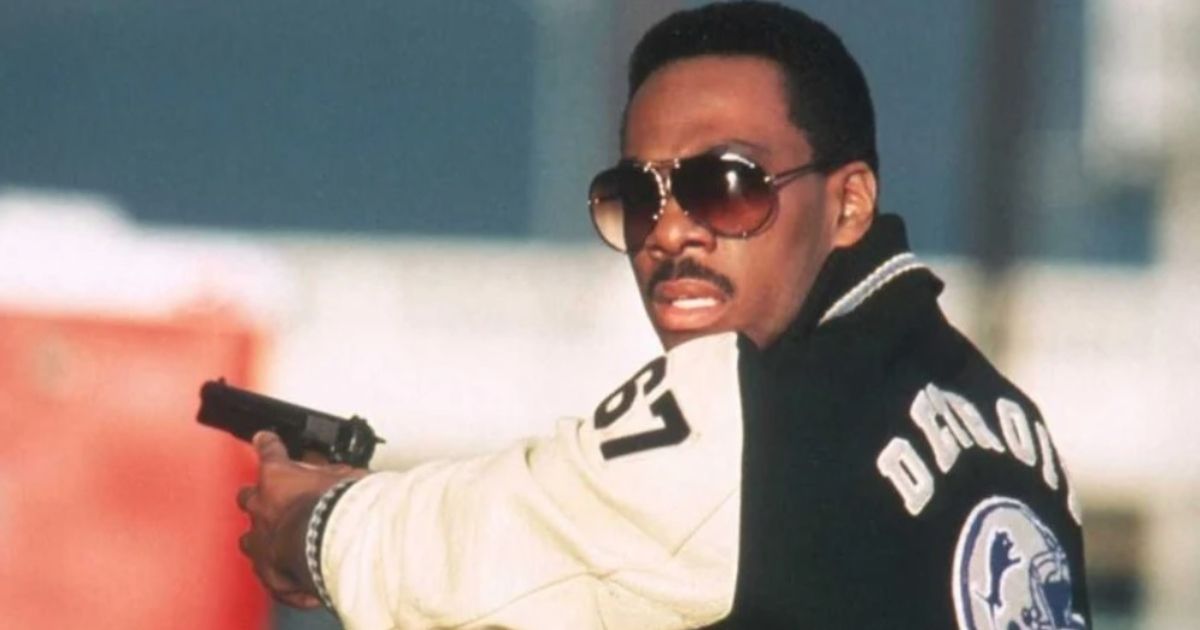 Paramount Pictures
Paramount Pictures
Is there a catchier piece of action movie music that Axel Foley’s theme from Beverly Hills Cop? It moves from major to minor, thrilling to upbeat, with all the resiliency of the incomparable Eddie Murphy himself, seamlessly jumping from character to put upon character, staying ahead of his fellow cops, the bad guys, and the audience, all at once. Yet, when the role calls for a series face, his brow furrows and his eyes gaze at your through thin slits, daring you to call him a clown with all the intensity of Joe Pesci in Goodfellas.
The strength of the character of Foley, and Eddie’s charisma in bringing him to life, is the x-factor that makes this movie such a classic. He’s got a solution to every problem, a smart aleck comeback for every response, and an ace in the hole for every dire circumstance. There’s very little arc to the character himself; instead, it’s us learning how to be cool and charming and funny and pull off a short-sleeve sweatshirt. We’re changed from having witnessed the role; meanwhile, Eddie Murphy is, and will always remain, Eddie Murphy.
10 The Nice Guys
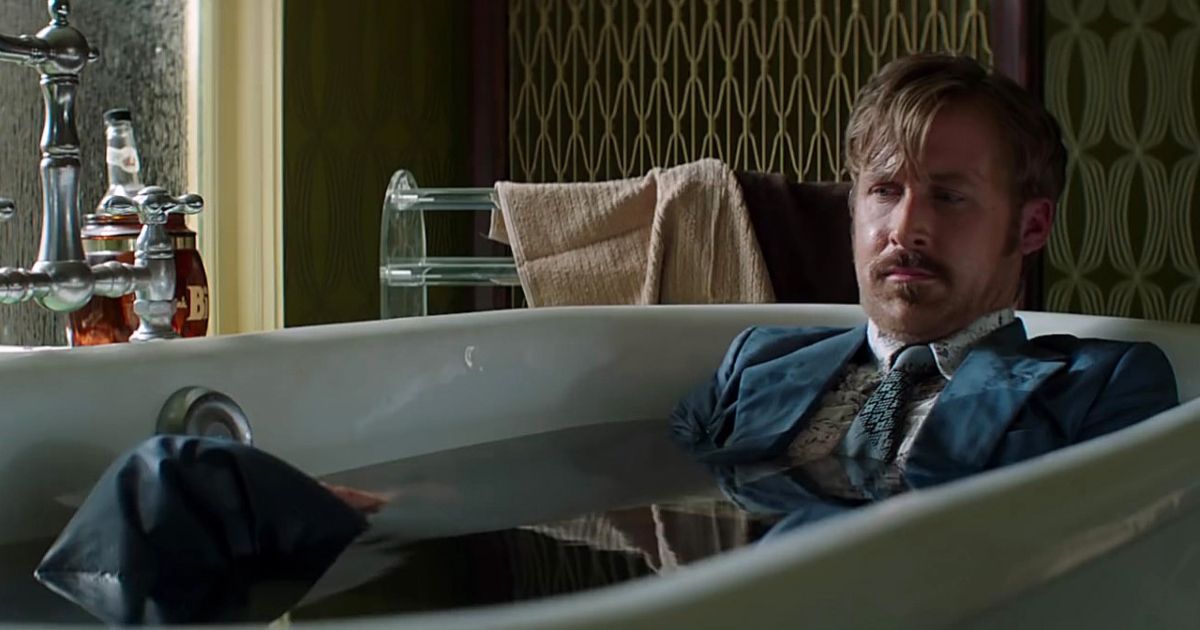 Warner Bros. Pictures
Warner Bros. Pictures
Who better to subvert and parody the buddy cop genre than one of its OGs, the baddest cop that ever buddied? Shane Black, screenwriter of Lethal Weapon (see above), returned thirty years after his debut to give us a new set of opposites a reason to team up.
The MacGuffin of The Nice Guys is a reel-to-reel of an 8mm pornographic film that exposes Detroit’s complacency and systemic pollution in the lead up to Washington legislating a catalytic converter requirement on all new automobiles. In the wake of the Odyssey to discover that reel are two private detectives, played by Ryan Gosling and Russell Crowe, the federal attorney prosecuting the case, her missing daughter, a murdered pornstar, and Gosling’s teenaged daughter, who consistently proves herself adroit beyond her father’s mental capabilities. Add to that Black’s trademark snappy dialogue, the movie is more than interesting — it gives clear motivations and goals to its characters, who react realistically with fear and insecurity, in pleasing and unexpected ways.
Related: These are the 6 Most Underrated Ryan Gosling Movies, Ranked
What’s more is the chemistry between the leads, the most essential ingredient in a buddy cop film, parody or otherwise. Russell Crowe is a sledgehammer and Ryan Gosling is the lock pick that gets dropped down a sewer drain. Neither is really capable of opening the vault door, but together… well, they still manage to accomplish very little. Except make us laugh.
9 Kung Fu Hustle
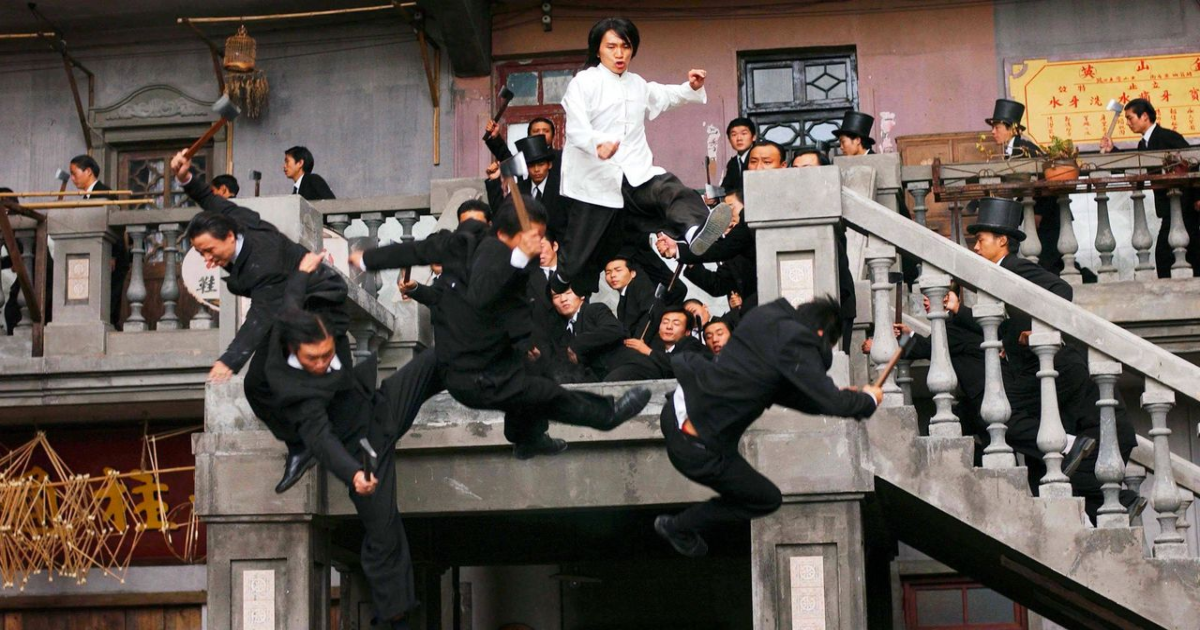 Huayi Brothers/ Columbia TriStar Film Distributors International
Huayi Brothers/ Columbia TriStar Film Distributors International
There’s just not enough comedies that feature hatchets. It’s an under utilized tool in general — you’ll never find one in James Bond’s gadget list or Batman’s utility belt. But the weapon was made iconic by The Axe Gang, the brutal and stylized gang of hoofers feared most in 1940s Canton, China.
That’s about as much of Kung Fu Hustle that can be explained in simple prose. The film is a visual masterpiece, conflating the best in dance and fight choreography, as well as practical and visual effects. It’s Crouching Tiger, Hidden Dragon meets Looney Tunes, mixing the fantastic with the violent and absurd. The most impressive part of the film is the feeling it gives the viewer that every prop, every shadow, every word is used in service of telling a story. Everything is done on purpose, and nothing is wasted. It’s a ballet set to film, but with funny dancing men carrying hatchets.
8 Scott Pilgrim vs. the World
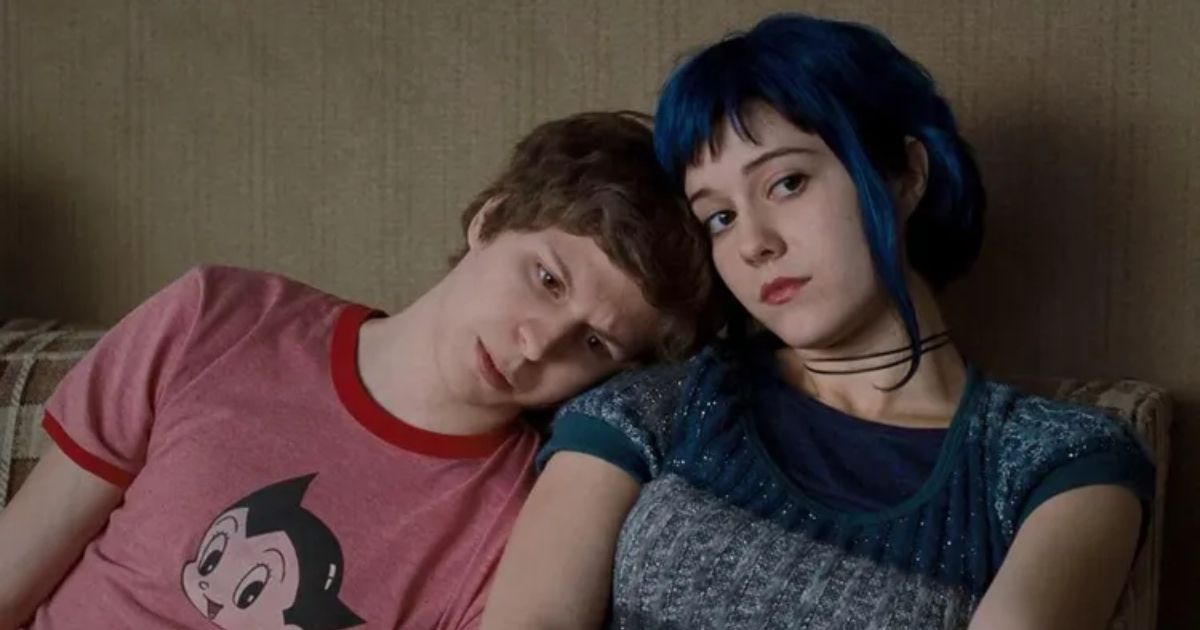 Universal Pictures
Universal Pictures
There’s curious crossroads of manga, anime, comic books, video games, action comedies, and teen romance that is familiar to anyone alive during the ’90s. Now considered art, many of these media were still in their commercial infancy, and were seen as distractions at best, and mind-rotting pablum at worst. But in much the same way that today’s younger generations have an intrinsic knowledge of social media, being a Gen Y or Millennial gave one an instant intimacy with concepts like extra lives, teen punk rock, the 1-Up, skateboarding tricks, obnoxious veganism, and flaming swords shooting out of chests. Which is why Scott Pilgrim vs. the World is as much an ode to the ’90s as American Graffiti was to the ’50s.
Edgar Wright’s strong visual language, combined with a young, snarky cast (Aubrey Plaza and Kieran Culkin both play in supporting roles), on top of a well-structured story make this an instant classic. What’s more, the generational nostalgia is universal rather than exclusive, meaning that a slick bass riff and laugh track is silly enough to appeal to everyone, but also smart enough to be nostalgic for Seinfeld fans. Not to mention, seven evil exes? That’s great telegraphing for letting the audience know how much action is left, like a built-in countdown clock, constantly driving the film forward.
7 Lock, Stock, and Two Smoking Barrels
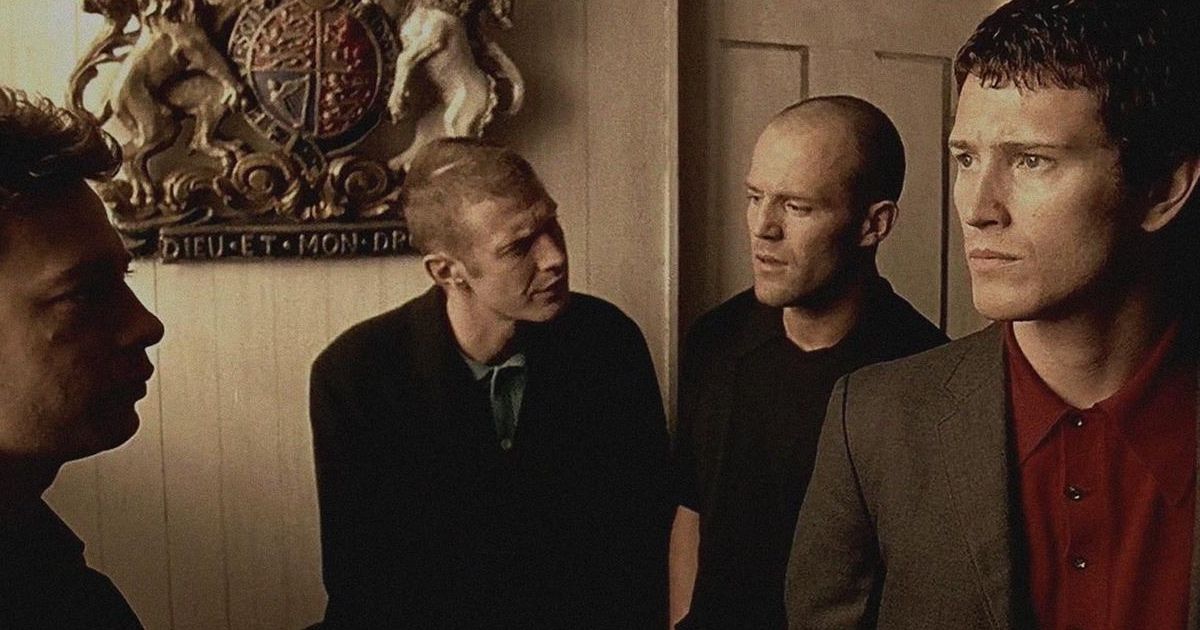 Gramercy Pictures
Gramercy Pictures
The plot of Lock, Stock, and Two Smoking Barrels has so many moving parts, one could mistake it for an overwritten version of an Agatha Christie yarn. The main characters are four friends pooling their money on their cardshark leader’s skill in a high-stakes poker game.
In addition, there’s a bar-proprietor father, the card cheat gangster, his muscle, the Northern goons he hires for petty theft, the psychopathic drug baron, his pothead hydroponic growers, their henchmen go-betweens, the enterprising criminal organization set to rob the growers who happen to live in the apartment next to the cardshark friend who get robbed after they themselves steal from the drug baron’s growers. The portrayal of London’s underground is as convoluted as a map of the tube, only instead of minding the gap, you have to make sure you don’t get shot, set on fire, or viscously beaten in the back of a van.
If all this was hard to follow, try hearing about it in about eight different regional English accents. Guy Ritchie’s debut film was ambitious, conflicted, and even a tad confusing on first watch. But raucously funy all the way through. Probably because the guy getting mercilessly beaten in the back of a van was a meter maid — that’s some proper cinematic catharsis.
6 48 Hrs.
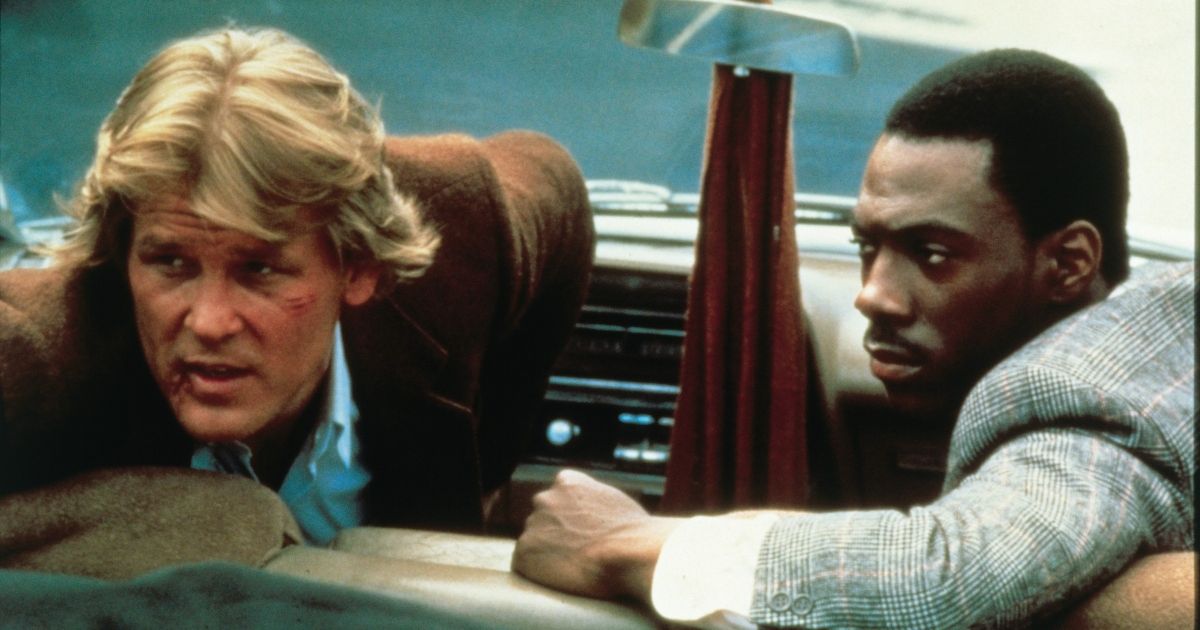 Paramount Pictures
Paramount Pictures
This was it. This was the movie that introduced the world to Eddie Murphy. 48 Hrs. gave birth to the career of a powerhouse of modern comedy. Already known as the breakout star of Saturday Night Live’s newest 1980 cast, he slid onto movie sets with the ease of hot butter on a griddle.
There are many who point out the casual use of the n-word in the film, what with it being set among the police community less than fifteen years after Martin Luther King Jr. was shot. There are a lot of ways that this film subverts the racial expectations of the time, as well.
At the beginning, Nick Nolte’s detective Jack Cates has zero respect for small-time crook Reggie Hammond (Eddie Murphy), whom he’s only using as a stooge to catch his former partners. Of course, like all buddy cop films, the begrudging partners come to respect each other.
But picture this: there’s a fight scene in the movie between the two characters. It’s a cathartic moment, watching Reggie whale on the guy who’s been calling him racial slurs for the past hour. Although neither wins the fight, the imagery of a black man literally fighting for his humanity against a repressive representative of systemic inequality was pretty incendiary for the time. This imagery is doubled down upon when Hammond pretends to be a cop during a fracas in a country western bar. In that brief scene, Reggie owns the establishment, while Eddie simultaneously owns the entire film. You can practically see him ascending the ladder of stardom with a speed no one his color had done before.
It’s a hell of a scene, a hell of a movie, and according to Eddie himself, legendary actor Marlon Brando agreed.
5 Baby Driver
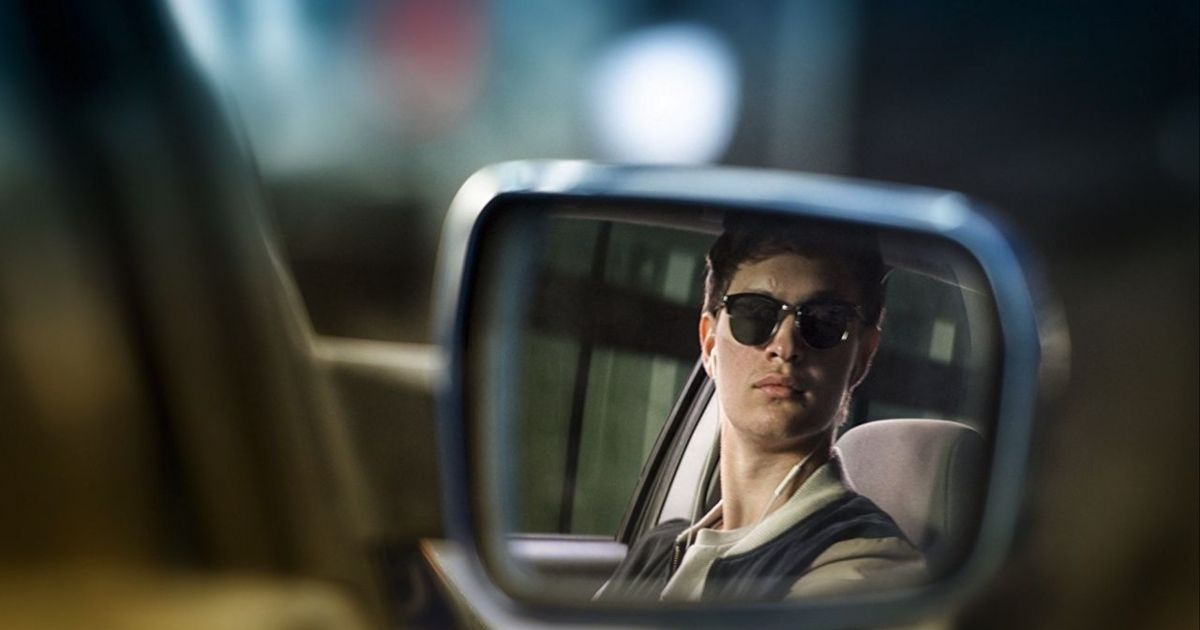 Sony Pictures
Sony Pictures
The Fast and the Furious franchise is insipid, uninspired, and pretty lame. Baby Driver is what that whole franchise wants to be. It’s the driving movie we deserve, but so rarely get to see.
Well, Edgar Wright did it. There’s no parachuting cars, just great driving action. Stunt driving, not VFX. What a cool movie.
4 Bad Boys II
.png) Sony Pictures Releasing
Sony Pictures Releasing
The two stars of the Bad Boys movie trilogy each starred in their own sitcom over multiple years. It’s an overabundance of charisma that can accomplish that. So when you have two heavy hitters playing opposite each other, it’s difficult not to fall in love with the characters. The first Bad Boys film, and the first feature film from music video director Michael Bay, introduced us to the streetwise Miami detectives Marcus Burnett and Mike Lowery. It’s the second outing, eight years after, that nailed the genre.
Audiences can pretend they don’t like Michael Bay’s gratuitous violence, wanton misogyny, and borderline homophobia, but the director does one thing extremely well: excess. The film has too much violence, too much action, and too much complaining from Marcus about getting shot in the butt or his sister hooking up with Mike or his daughter going on a date. And with a runtime of 2 hours and 27 minutes, it’s just too much movie.
Yet somehow, it doesn’t matter. We love the movie because of its excesses because, again, what it has the most of is starry-eyed charisma. Martin Lawrence and Will Smith come off like they’re having so much fun playing these characters that it casts a spell on the audience. Cultural pedantry be damned — Michael Bay made some fun movies.
3 A Fistful of Dynamite, aka Duck, You Sucker!
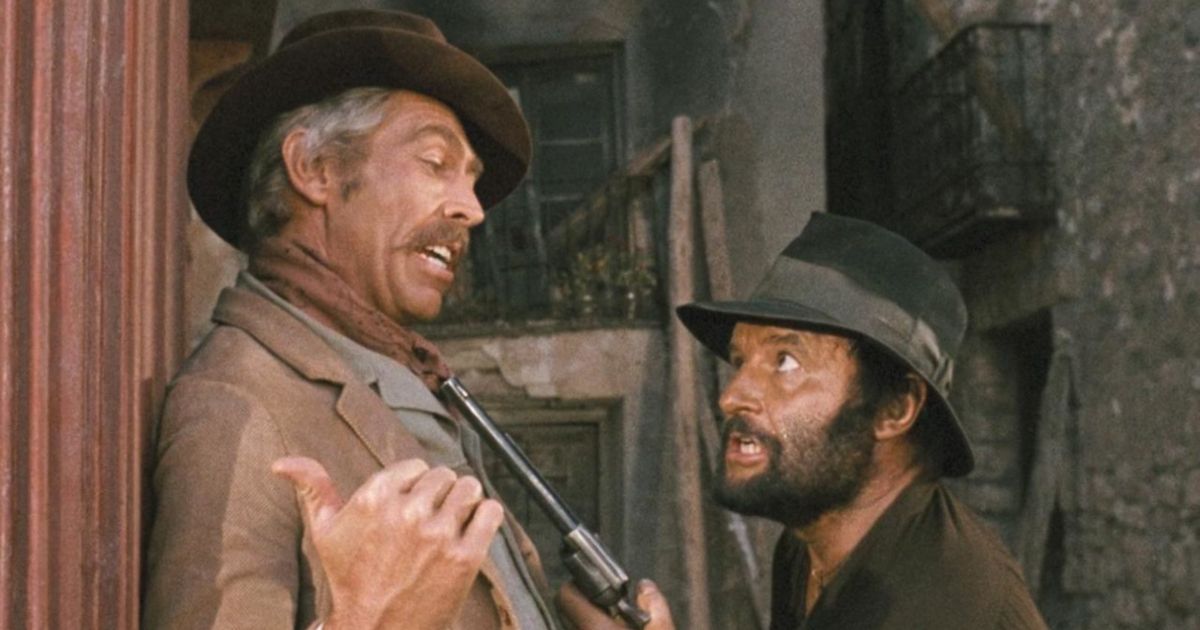 United Artists
United Artists
Sergio Leone, one of the most influential and subversive directors of all time, was only ever credited with seven feature films, although he often did uncredited work and producing duties. His hits include the mythical trilogy Fistful of Dollars, For A Few Dollars More, and the incomparable The Good, The Bad, and The Ugly, simultaneously launching the career of Clint Eastwood and popularizing the spaghetti western genre.
He made another spiritual trilogy, though they merely tied thematically. Duck, You Sucker! is the underrated middle child between masterpieces Once Upon a Time in the West and Once Upon a Time in America. Even the title suggests less-than the majesty of its more famous siblings, and that superficial assessment is 100% correct.
James Coburn plays an Irish explosives expert who lives to blow stuff up. Rod Steiger plays a bandito, because Hollywood didn’t hire Mexicans to star in movies in the ’70s. After a bank heist gone wrong, the pair join forces with Emiliano Zapata in a fight for national sovereignty loftier than any ambitions either character held. The entire film is so bloody, ridiculous, and excessive that it was seen mostly as a joke, even by the most fervent Leone fans. It has since solidified that reputation, and has gone down as the director’s sole venture into (unintentional?) comedy.
2 Black Dynamite
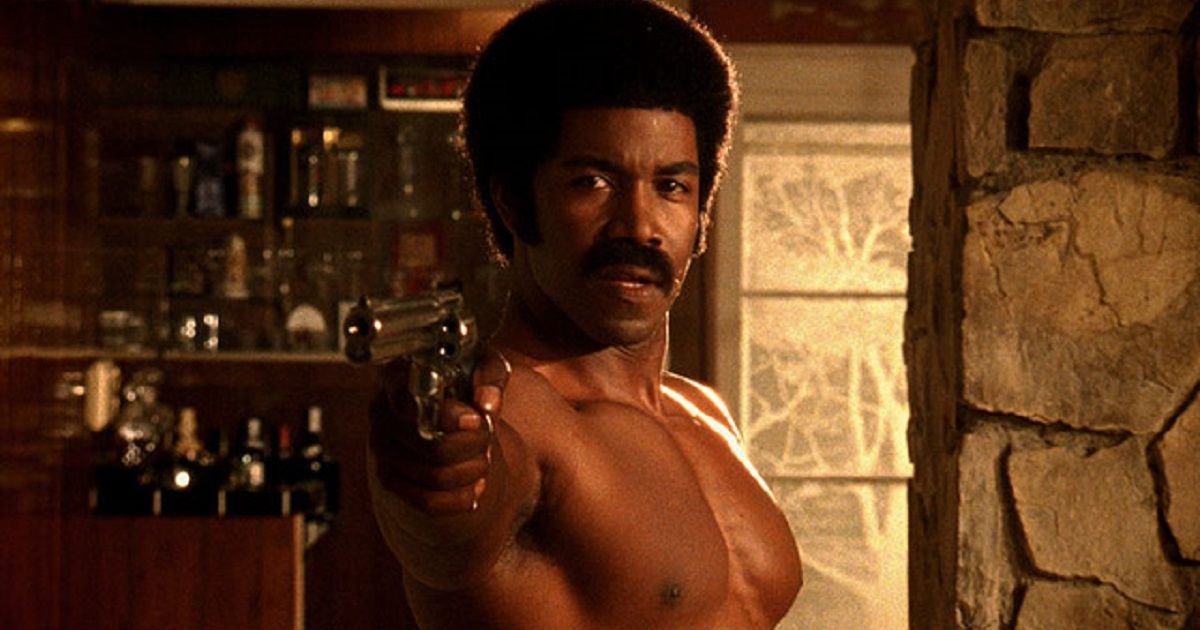 Apparition/Destination Films
Apparition/Destination Films
Self-aware parody can get repetitive. A comedic premise is set early, and it’s up to the rest of the film to keep it interesting. Black Dynamite, a send-up of Blaxploitation films, is a parody of a genre of film that itself was an exaggerated, pulpy version the urban underground supporting the drug, prostitution, and crime communities of the 1970s. It’s an artist’s rendering of a photocopy of a caricature, in which the rough edges and blurry smudges are a part of the art itself.
Smash cuts with alternating stunt doubles, blown lines, and visible boom mics are just a part of the charm. Every black comedian you’ve seen in movies since 1988 has a cameo, and all of them, unbelievably, manage to sell the idea that they’re in a drama. Somewhere during the knife fight between Michael Jai White’s detective, whose actual name is Black Dynamite, and Richard Nixon and his wife Pat, who eventually succumbs to Black Dynamite’s sexual charisma, one begins to think that Quentin Tarantino’s cinema of revisionist history may have taken hold in Hollywood. It’s the sort of movie you can’t have on in the background; it has to be paid attention to because of the sheer volume of bits, challenging even the legendary Airplane!, which set the standard at three jokes per page.
1 Kiss Kiss, Bang Bang
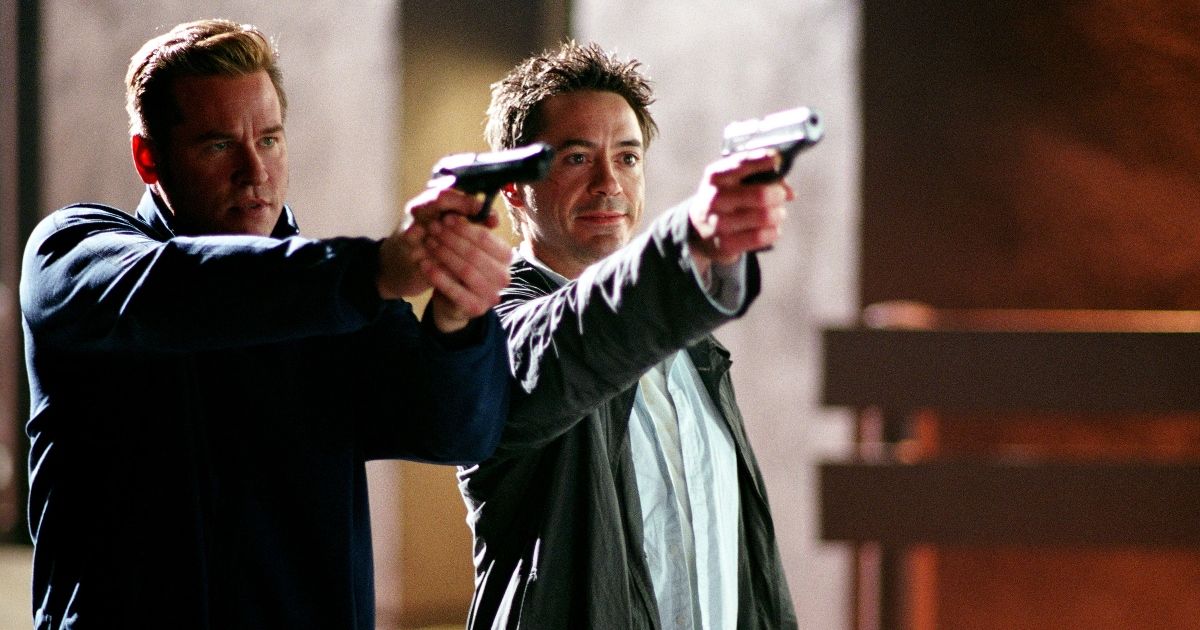 Warner Bros. Pictures
Warner Bros. Pictures
Kiss Kiss, Bang Bang is the third entry on this list from veteran screenwriter Shane Black, the 2005 return to greatness from the man who was once Hollywood’s highest paid screenwriter, way back during a magical era when studios used to give screenwriters money in exchange for goods and services.
Gay Perry: “Look up ‘idiot’ in the dictionary, you know what you’ll find?”
Harry: “A picture of me?”
Gay Perry: “No! The definition of the word ‘idiot,’ which you f***ing are!”
That’s the sort of snappy dialogue that gets you to the top of a MovieWeb list.
This movie has everything you’d expect from a great Shane Black script. An interesting, complex plot that could stand on its own as a thriller. Lovable, flawed characters who suffer to get what they want. A realistic portrayal of Los Angeles highlighting the ludicrous and outré about a city held aloft by an at times grotesque industry. Some trademark, vintage Robert Downey Jr. saying and doing offensive material, which we as a society collectively agreed to let slide. Sterling performances from veterans Val Kilmer, Corbin Bernsen, and a criminally underused Larry Miller, plus relative newcomer Michelle Monaghan, all of whom get to snark Downey’s Harry Lockhart for being a moron ninety percent of the time.
This isn’t just a leader for most hilarious action movies, it’s one of the best comedies of the last 25 years.
You may like
Uncategorized
‘I am officially off the market’: When Margot Robbie revealed she made the ‘conscious’ decision of not dating actors
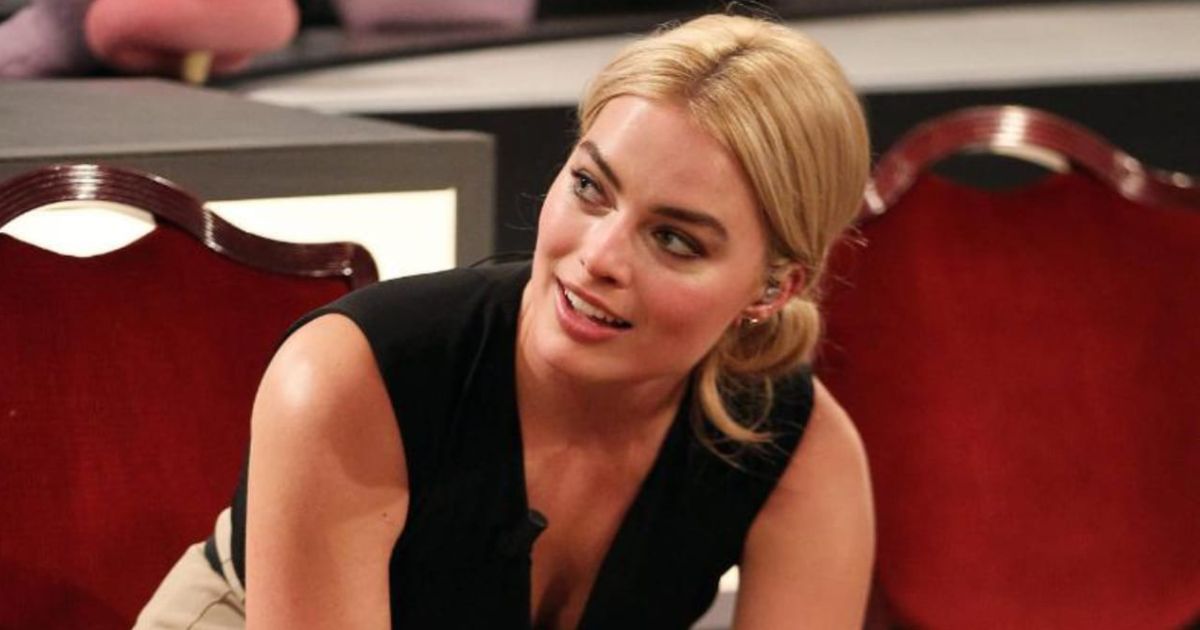
Margot Robbie revealed her decision to not date actors because of the media scrutiny that came with a public relationship of two high-profile actors
Back in 2015, A-lister Margot Robbie made a declaration that she would not be dating any actors. The actress may have alluded to her fiance Tom Ackerley, who she married the following year in 2016. In an exclusive interview with Marie Claire, she revealed that being in a relationship as an actor herself came with its own set of challenges. She believed that dating someone who was popular would add on to the media scrutiny.
Margot Robbie opened up on why she made a conscious decision to not date actorsTalking to Marie Claire, she claimed, “I am officially off the market.” She then shared the reasoning behind her decision and added, “I made a conscious decision not to date actors.” She continued to explain, “But not because I hate actors. That’s a nasty generalization to make, and that’s not the case. People take such an interest in your love life when you have a profile, it puts a lot of stress on a relationship.”
The Barbie actress continued, “So two people with profiles, I figure it’s just double the amount of scrutiny, and I’d like to avoid that at all costs.” This came after reports of her locking lips with Tarzan co-star Alexander Skarsgard started making rounds. It was reported that she was caught kissing the actor during the Sundance Film Festival.
Margot Robbie revealed she opted for a minimal lifestyle even after becoming an actorIn the interview, Robbie also opened up about how she was adapting to fame. She shared, “I have a normal 24-year-old life. If I were a waitress, I’d probably have the exact same lifestyle. I’d go to the same clubs I go to already, live in the same house with the same housemates, hang out with the same people.”
However, Margot Robbie tied the knot with Tom Ackerley who is an English producer and actor. The duo met on the sets of 2013 movie Suite Francaise where Tom was working as an assistant director. Post marriage, both of them launched their production company LuckyChap Entertainment.
Post navigation
Uncategorized
Monica Bellucci and Tin Burton at lunch in the restaurant in Selci Lama
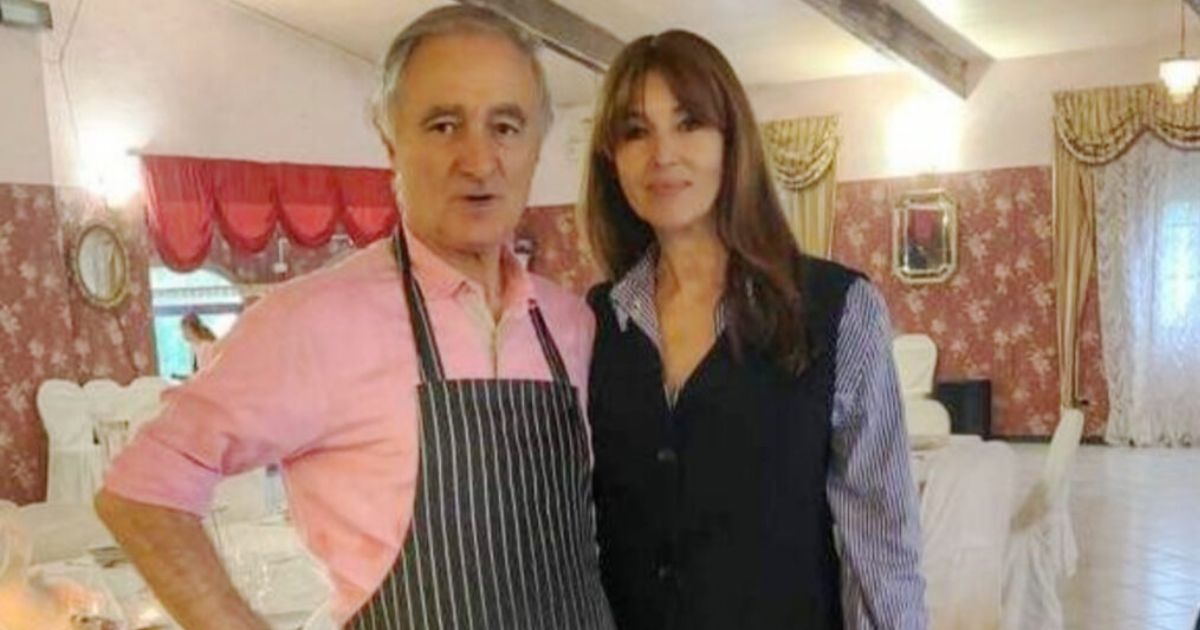
For All Saints’ Day, the Hollywood star from Tiferno returned to his native Umbria to enjoy a moment of relaxation and then visit his parentsOn the occasion of the All Saints’ Day celebrations, the Hollywood star of Tiferno origin, Monica Bellucci, returned to her native Umbria to enjoy a moment of relaxation and to visit her father Pasquale and her mother Brunella.Flanked by her current partner Tim Burton, she went to lunch, together with about twenty old friends, at the Osteria del Musicista, which has always been her favorite restaurant, in Selci Lama.Menu dedicated to typical dishes of the area, which includes an appetizer with breadsticks lined with coppa, duck in porchetta and grilled pork livers, polenta with wild boar sauce accompanied by the very typical cappelletti in broth.To conclude, a dessert based on fried “ciaccia” with Nutella and roasted chestnuts.
Having paid the bill and greeted the restaurant owner and lifelong friend, Roberto Polchi, Monica brought home cappelletti and broth for a family dinner.
Post navigation
Uncategorized
‘Rocky’ Was Quite Different In His Original Screenplay, Sylvester Stallone Claims
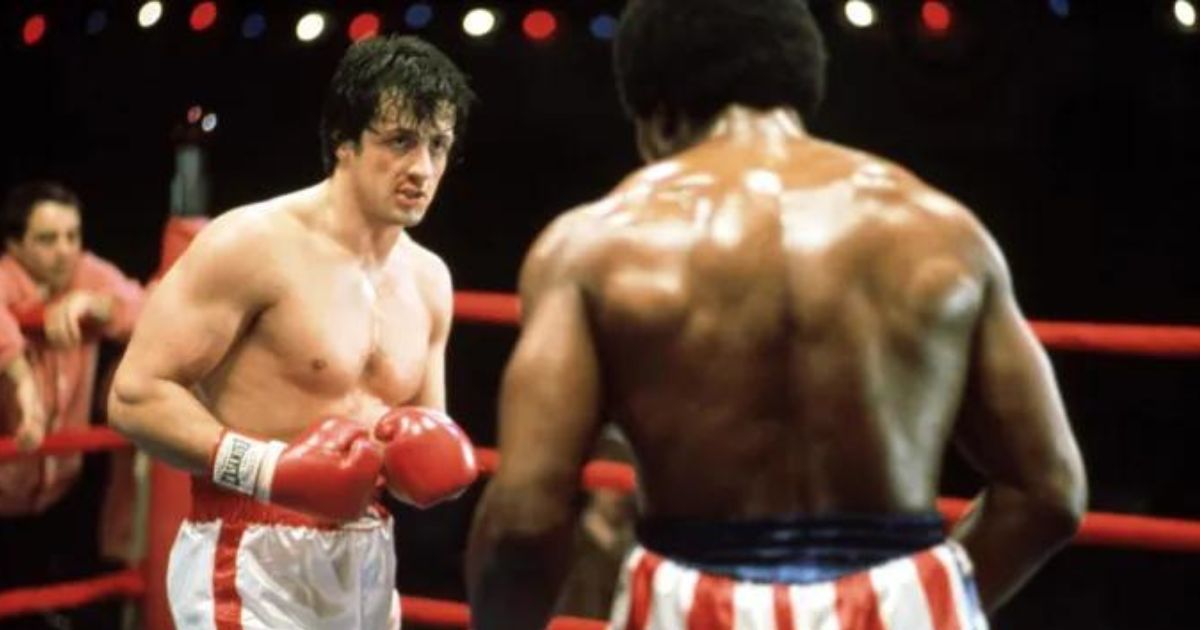
Sylvester Stallone took his friend’s advice on a rewrite of the original screenplay to Rocky. A few tweaks later, he was on his way to major success.
In the new Netflix documentary Sly, Stallone discussed how he initially conceived of the project, which had a much harder edge. In the early version, Rocky was depicted as a “thuggish” character, inspired by Martin Scorsese’s crime drama, Mean Streets.
But Stallone’s perspective changed when a friend read the script and thought the boxer was too cruel for audiences to actually care about him.
Stallone recalled her crying.
“She goes, ‘I hate Rocky. I hate him. He’s cruel. He hits people. He beats them up.’”
Stallone took it to heart, and asked what he could do to soften the character.
“I said, ‘what if you stop short of it?’ Like, maybe he almost did. He could have, that’s his job, but he doesn’t?’ ‘That’d be nice,’” he added. “I said, ‘What if he had a girlfriend or something?’ ‘Yeah, that’s nice.’ So I go back, start writing that: ‘Girlfriend. Nice.’”
$117 million in box office later, a franchise was born.
Stallone also revealed that actor Dolph Lundgren sent him to the hospital during one fight scene in Rocky IV.
“Dolph Lundgren… he pulverized me,” Stallone says in the documentary. “Later that night, my heart started to swell—which happens when the heart hits the chest—and then my blood pressure went up to 260, and they thought I was going to be talking to angels. Next thing I know, I’m in intensive care, where I’m surrounded by nuns, and I thought, ‘OK, that’s curtains.’”
Stallone was in the hospital for nine days following the incident, praying for “one more round.”
“For the first minute of the fight, it is going to be a free-for-all,” Stallone told Lundgren. The Swedish actor joked in a separate interview that all he did was “obey orders,” explaining, “[Stallone] was the boss. I did what he told me.”
Doctors allegedly told Stallone that he received a blow to the ribs that made his heart rattle around in his ribcage, a condition typically seen in head-on collisions. “I did hit a bus, of sorts,” Stallone joked.
Post navigation


‘I am officially off the market’: When Margot Robbie revealed she made the ‘conscious’ decision of not dating actors

Monica Bellucci and Tin Burton at lunch in the restaurant in Selci Lama

‘Rocky’ Was Quite Different In His Original Screenplay, Sylvester Stallone Claims
In Sherlock Holmes 3, Johnny Depp will be the villain at Robert Downey Jr.’s request !
Arnold Schwarzenegger, Sylvester Stallone and Jean-Claude Van Damme Training Motivation

Expend4bles trailer: Megan Fox the gun-toting femme fatale romps around in bed with Jason Statham in R-rated instalment of Sylvester Stallone’s explosive franchise
Trending
-
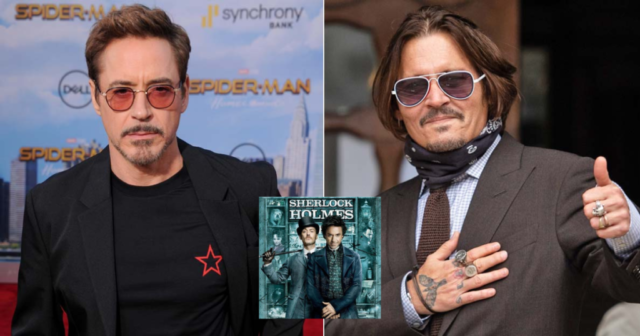
 Entertainment2 years ago
Entertainment2 years agoIn Sherlock Holmes 3, Johnny Depp will be the villain at Robert Downey Jr.’s request !
-
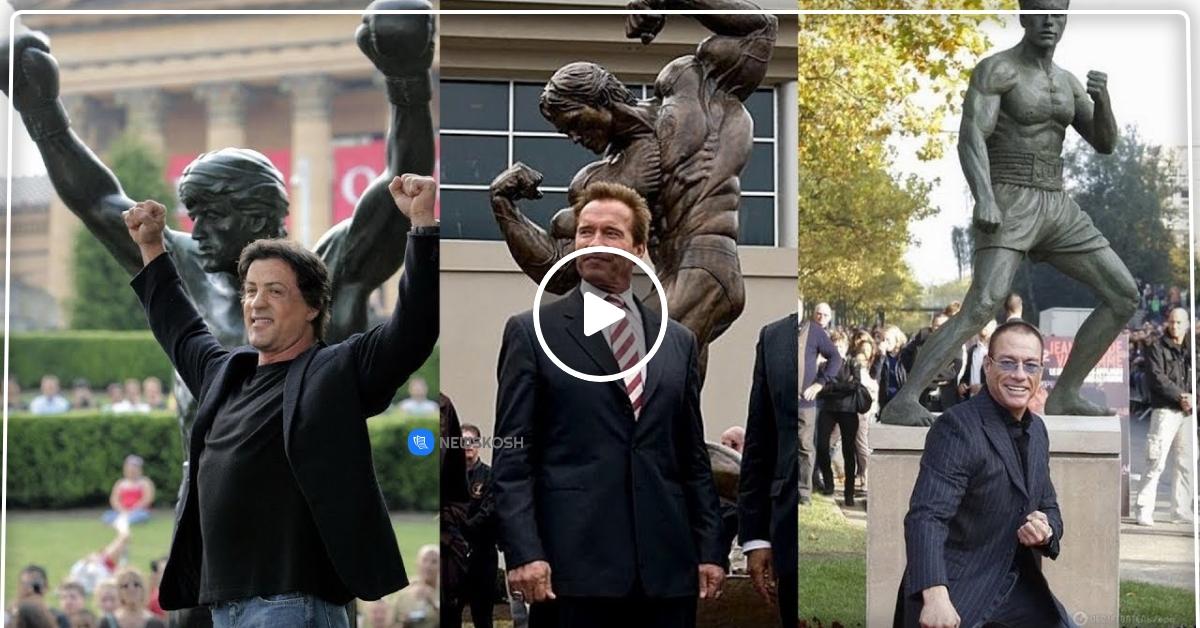
 Entertainment2 years ago
Entertainment2 years agoArnold Schwarzenegger, Sylvester Stallone and Jean-Claude Van Damme Training Motivation
-
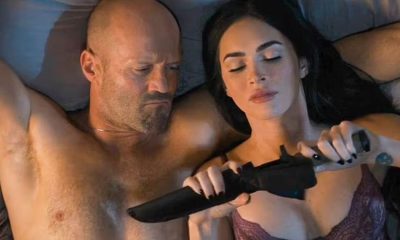
 Uncategorized11 months ago
Uncategorized11 months agoExpend4bles trailer: Megan Fox the gun-toting femme fatale romps around in bed with Jason Statham in R-rated instalment of Sylvester Stallone’s explosive franchise
-
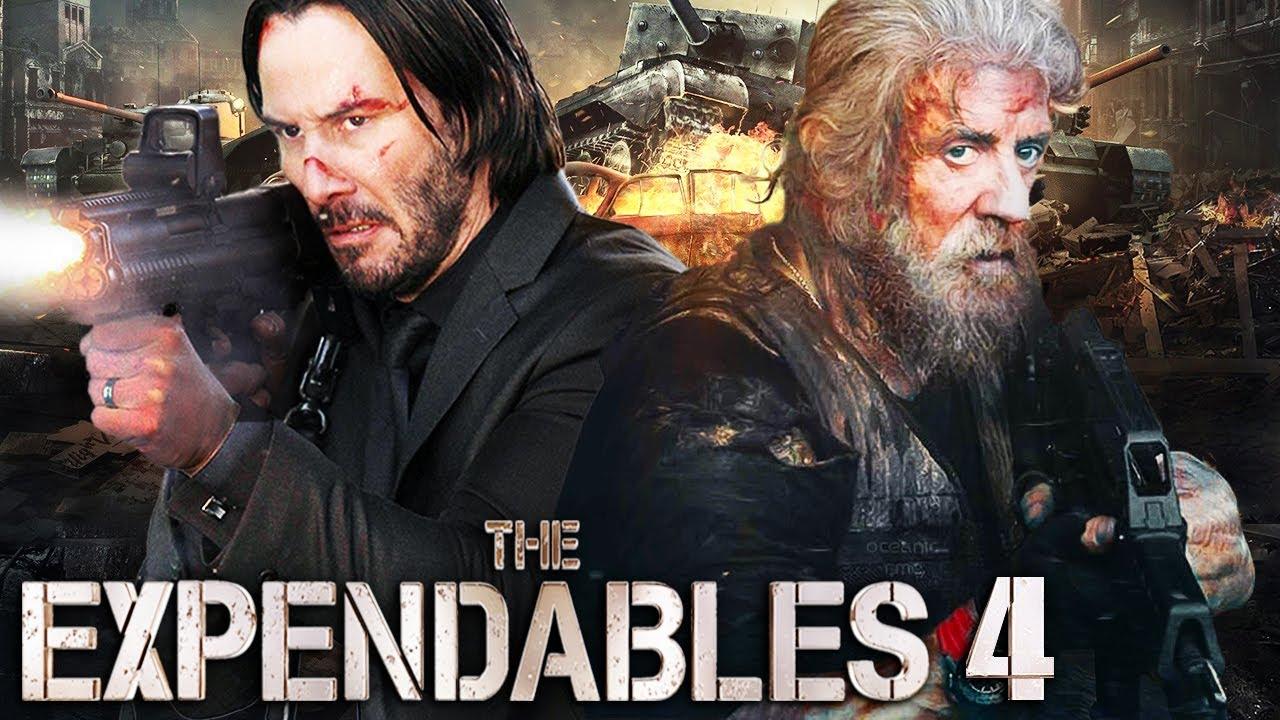
 Entertainment1 year ago
Entertainment1 year agoTHE EXPENDABLES 4 Leaked Information + Crazy Theories
-
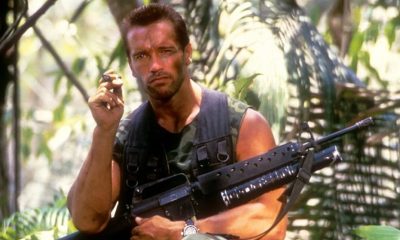
 Entertainment12 months ago
Entertainment12 months agoThe Ultimate List of the Best Action Movie Hero Names
-
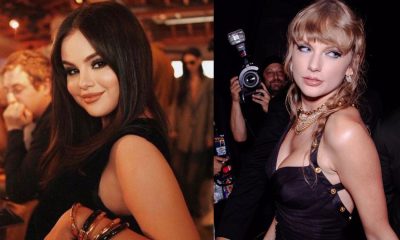
 Uncategorized9 months ago
Uncategorized9 months agoSelena Gomez, worried about the relationship between Taylor Swift and Travis Kelce
-
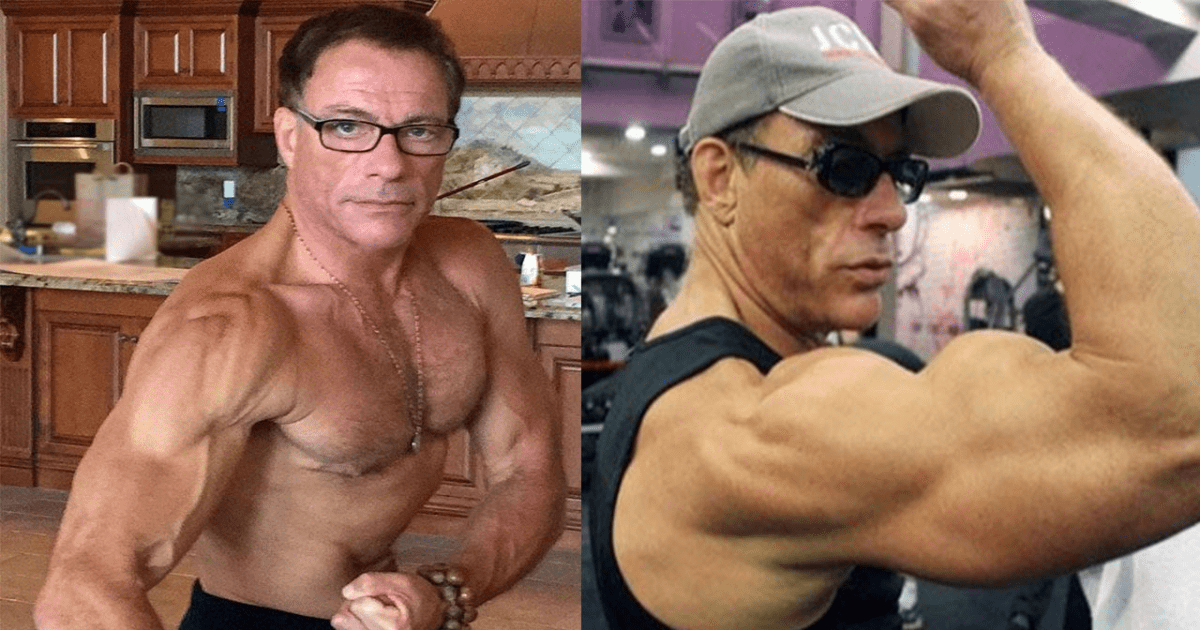
 Uncategorized1 year ago
Uncategorized1 year agoJean-Claude Van Damme To Retire, Reveals Final Movie Role
-
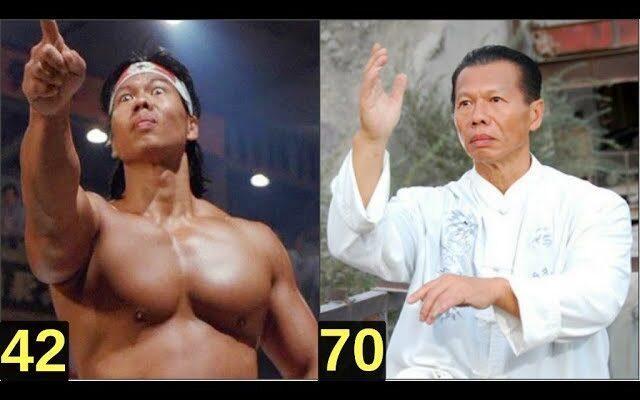
 Uncategorized1 year ago
Uncategorized1 year agoBolo Yeung (2023) From 23 To 71 Years Old
